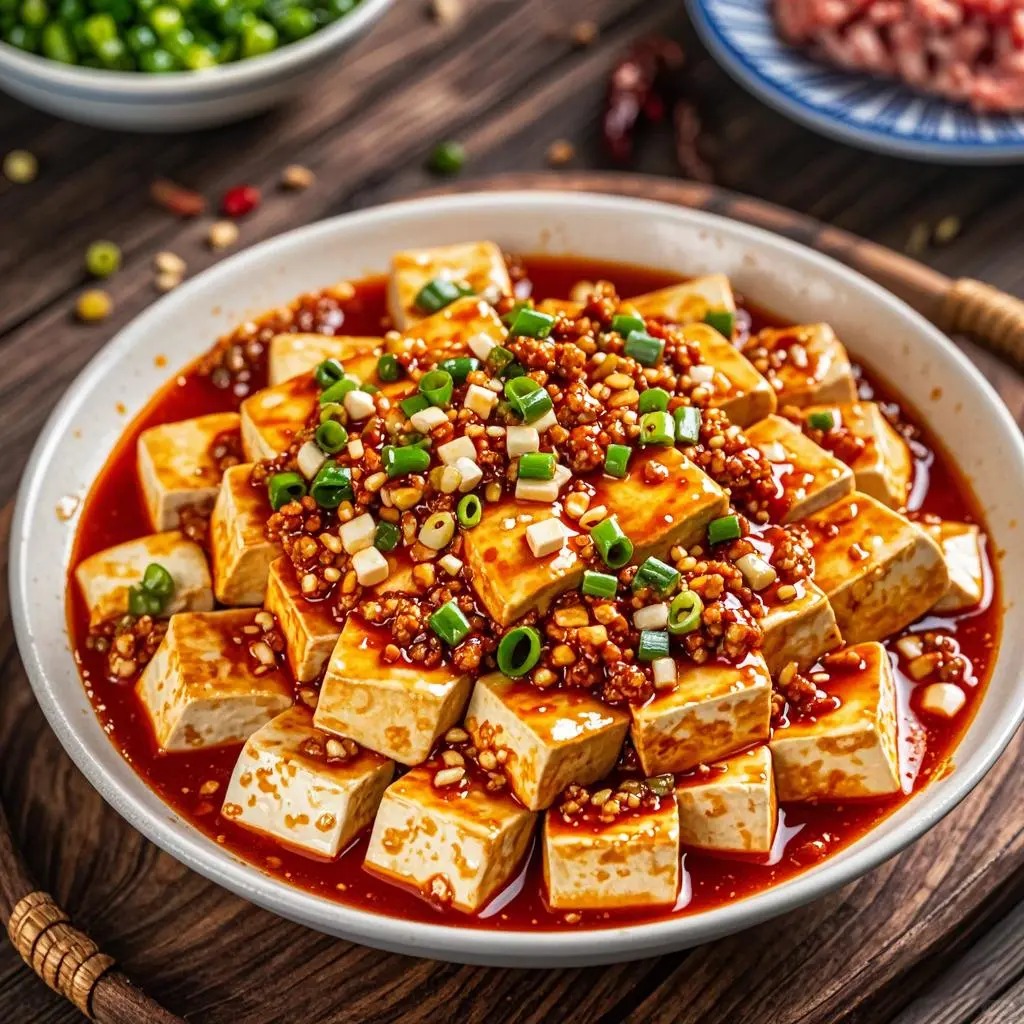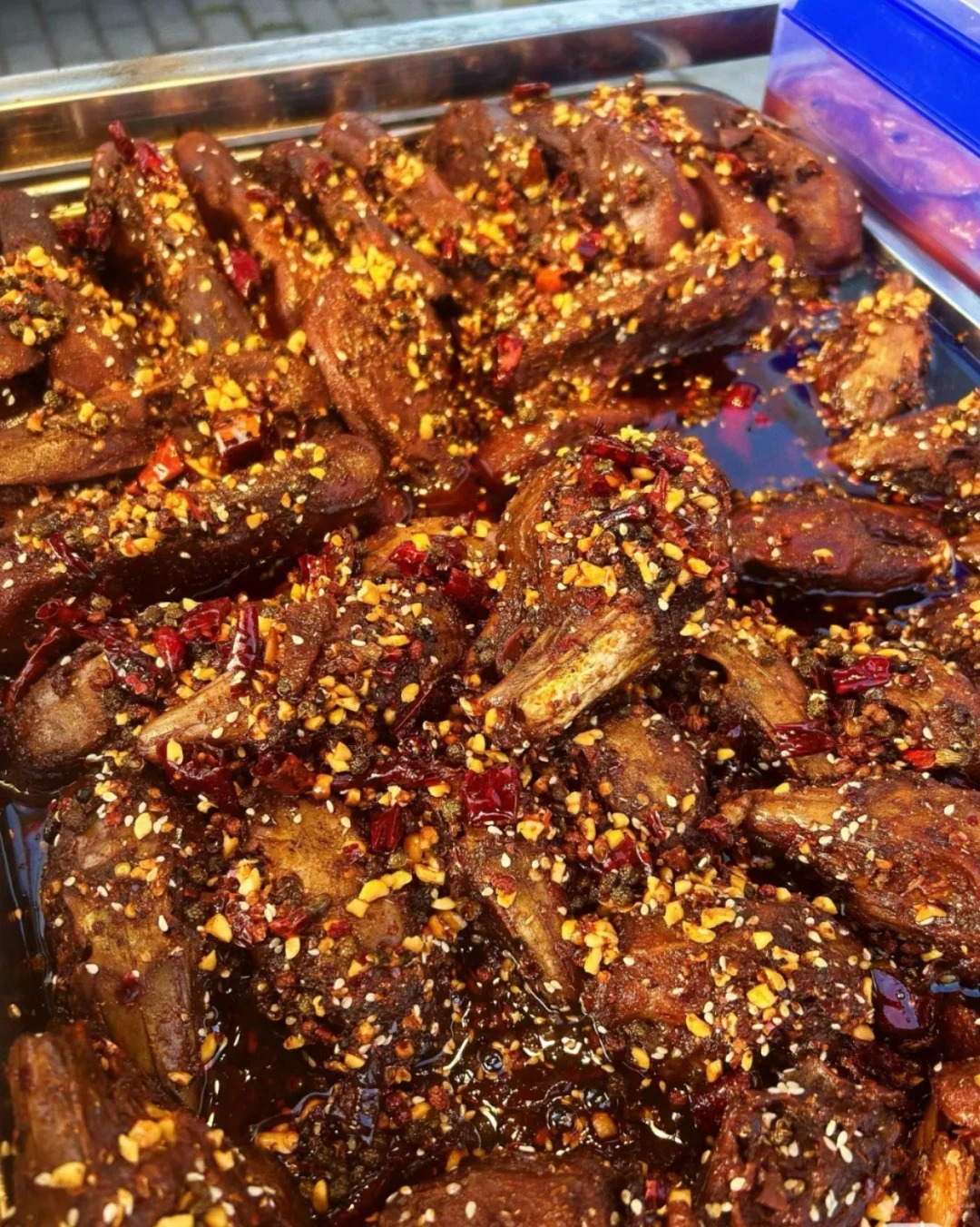Introduction to Sichuan Cuisine
Nestled in southwestern China, Sichuan province is renowned for its bold, spicy, and complexly flavored cuisine. Sichuan gourmet is a celebration of contrasts, where fiery heat meets numbing spice, and tender meats coexist with crisp vegetables. This culinary tradition has captivated palates worldwide, earning its place as one of the Eight Great Traditions of Chinese cuisine.
| Key Characteristics of Sichuan Flavors |
|---|
| Spicy (辣 là) |
| Numbing (麻 má) |
| Sour (酸 suān) |
| Sweet (甜 tián) |
| Salty (咸 xián) |
| Bitter (苦 kǔ) |
Historical and Cultural Background
Sichuan cuisine’s roots stretch back over 2,000 years, evolving through dynasties and cultural exchanges. The region’s humid climate and fertile Sichuan Basin have shaped its culinary landscape, fostering the growth of abundant crops and spices.
Key historical influences:
- Introduction of chili peppers in the 16th century
- Tang Dynasty’s cultural exchanges via the Silk Road
- Migrations bringing culinary traditions from other Chinese regions

Signature Dishes and Ingredients
Sichuan’s gastronomic repertoire is vast and varied, with several dishes achieving international fame:
- Mapo Tofu (麻婆豆腐): Silken tofu in a spicy, fermented bean sauce
- Kung Pao Chicken (宫保鸡丁): Diced chicken with peanuts and vegetables
- Twice-Cooked Pork (回锅肉): Pork belly slices stir-fried with vegetables
Essential ingredients that define Sichuan cuisine include:
- Sichuan peppercorns (花椒): Providing the signature numbing sensation
- Doubanjiang (豆瓣酱): Spicy fermented broad bean paste
- Chili oil (辣椒油): Used for both cooking and as a condiment

Cooking Techniques and Flavor Profiles
Sichuan chefs employ a variety of cooking methods to create their iconic dishes:
| Cooking Method | Description |
|---|---|
| Dry-frying (干煸) | Intensifies flavors through prolonged cooking |
| Fish-fragrant (鱼香) | Despite the name, contains no fish, but a specific combination of spicy, sweet, and sour flavors |
| Strange-flavor (怪味) | A complex blend of sweet, sour, numbing, and spicy |
The hallmark of Sichuan cuisine is the “mala” (麻辣) flavor profile, combining the numbing effect of Sichuan peppercorns with the heat of chili peppers. This unique sensation is often described as a tingling, buzzing feeling on the tongue.

Sichuan Tea Culture
Tea houses in Sichuan are more than just places to enjoy a beverage; they’re social hubs where people gather to relax, socialize, and savor local snacks.
Popular tea varieties:
- Zhuyeqing (竹叶青): A delicate green tea
- Mengding Ganlu (蒙顶甘露): One of China’s oldest teas
- Jasmine tea: Often served with spicy dishes to cleanse the palate

Culinary Tourism in Sichuan
Chengdu, the capital of Sichuan province, is a UNESCO City of Gastronomy and a prime destination for food lovers.
| Must-Visit Food Spots in Chengdu |
|---|
| Jinli Ancient Street |
| Chengdu People’s Park Tea House |
| Chunxi Road for modern restaurants |
For an immersive experience, visitors can join cooking classes or food tours that offer insights into local markets and traditional cooking techniques.
Tips for Travelers
Navigating a Sichuan menu can be an adventure. Here are some tips:
- Look for the characters 麻辣 (málà) for the classic numbing-spicy dishes
- Don’t hesitate to ask for milder versions if you’re sensitive to spice
- Try a variety of dishes to experience the full spectrum of Sichuan flavors
Etiquette tips:
- It’s common to share dishes family-style
- Leaving a small amount of food on your plate is considered polite
- Tea is often used to cleanse the palate between dishes
For those with dietary restrictions, communicate clearly with restaurant staff. Many dishes can be adapted, and there are numerous vegetarian options in traditional Sichuan cuisine.

Conclusion
Sichuan gourmet offers a thrilling culinary adventure that engages all the senses. From the sizzle of a wok to the aromatic spices that perfume the air, every aspect of Sichuan cuisine tells a story of history, culture, and innovation. Whether you’re savoring the complex flavors of mapo tofu in a bustling Chengdu eatery or attempting to recreate the magic in your own kitchen, Sichuan gourmet invites you to explore a world where every bite is an explosion of flavor. As you embark on your Sichuan culinary journey, remember that each dish is a testament to centuries of culinary artistry, waiting to be discovered and appreciated by adventurous food lovers from around the globe.





